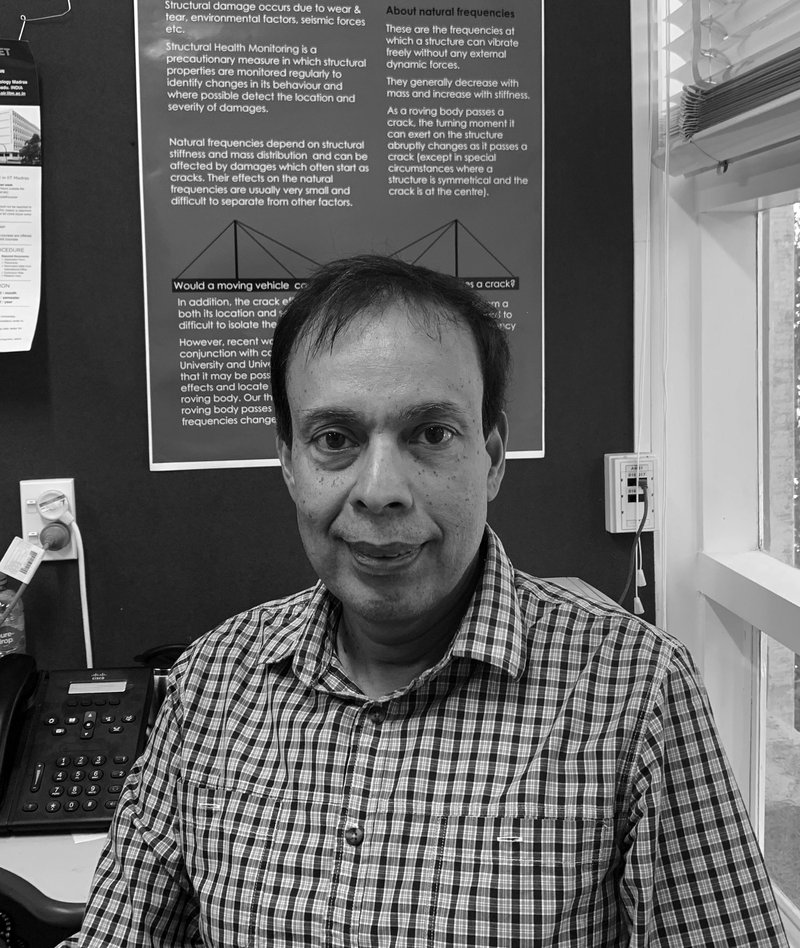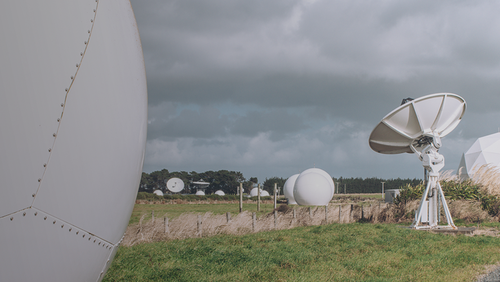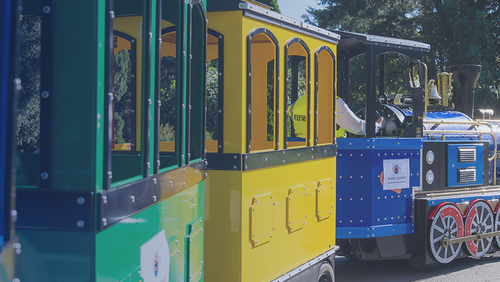3 Feb 2020
This month we catch up with one of our Chartered members – Professor Ilanko Ilanko, from the University of Waikato’s Engineering school.
What is your role at the University of Waikato?
Professor in the School of Engineering, with interests in the areas of structural vibration, mechanics of materials, computational mechanics and engineering education.
Why did you decide to become an engineering academic?
During my final year of studies at the University of Manchester, a few weeks out from our final exams one of our lecturers, Dr Takhar fell sick. Less than an hour before class he asked if I could deliver his prepared lectures to my classmates – a surprise that had me wondering whether the request was a joke. However, I was assured it was genuine and that I could access his notes and transparencies. I read through the notes and went to deliver the lecture, reading his supplied material and explaining the reasoning slowly as I understood the information myself. When I finished the lecture, there were applause and I received a lot of positive feedback.
The next day Dr Takhar was present but had a croaky voice. He said students said I’d done an excellent job and asked if I could help again. I had more confidence this time, and despite the lack of preparation time (5 minutes before the lecture), I agreed. There was more clapping and compliments from my classmates following the lecture. That’s when I decided this would be something I’d like to do.
What’s your favourite paper that you’ve taught at the University of Waikato and why?
Mechanics of Materials, an analytical paper that’s generally considered challenging and boring. In the early days of my academic career, I thought about how to teach the concepts and relatable analogies that students could readily understand. This led me to think about life and human behaviour in various interesting ways. For example, when subject to the same constrained loading, a flexible material undergoes less stress compared to a stiffer one – comparatively, those who have a flexible attitude in life could reduce their stress levels. Comments from appraisals showed many students enjoyed this.
Dr Ilanko Ilanko





